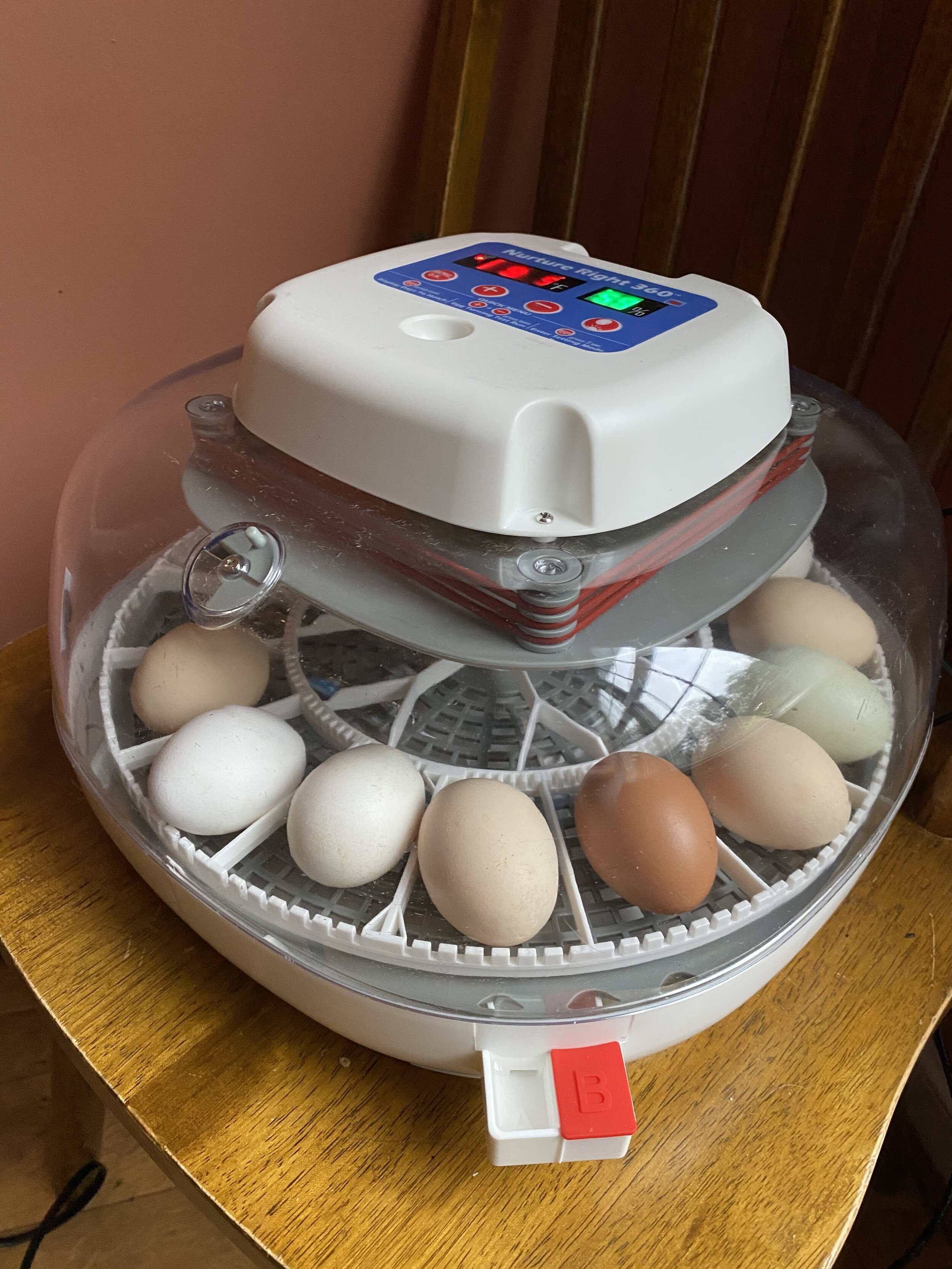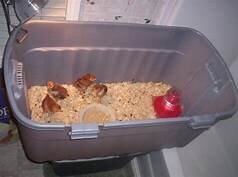hatching eggs for children
Mom/Dad/grandpa/etc….Where do chickens come from?
Here is the fine print. Come to the farm to pick up your free hatching eggs, up to 12 eggs. Please bring a container to put them in. We love to know which children will benefit from this experience. Please message us before you stop by because we want to make sure we have them in stock. No guarantees made here, we may run out at times. Recap: Check availability, pick up at the farm, for kids, that is it.
We are trying to raise funds to be able to make kits with an incubator for families to borrow for this learning experience. If you are able to help we would appreciate it! Click here to donate!
What kinds of eggs? We keep a variety of standard size and bantam (small) sized chicken breeds. We just love our chickens. The eggs will be a “barnyard” mix of RI Reds, White leghorn, Black Australorp, Easter Eggers, silkies, cochins, frizzles, and polish chickens. It will be fun to see what pops out! We just really want the future generation to know that life does starts small, that every meal requires months and even years of work for farmers, and that not everything goes as planned. So many life lessons can occur with hatching eggs. It can be fun and the experience can be adapted to the ability of the child. For example, a toddler may be happy enough with the story and seeing the chicks hatch. A elementary aged child can do well writing down the daily temps and humidity levels in a calendar. Middle school aged can do well with diagramming the developmental stages, recording daily levels, and creating a cost analysis sheets. This experience can grow with the student.
Best chances for success: You will NEED an incubator. We offer up to 12 eggs per learning group. Incubators usually come with detailed instructors. Finding one with a digital display and an automatic egg turner will make things so much easier. During the incubation session the student can candle the eggs and watch the embryo grow. We have even seen them moving inside the egg! Please also note, the last 3 days, DO NOT OPEN the incubator. The chicks needs this time in high humidity to be able to break out of the shells. Keep chicks in the incubator for 24 hours after hatching. (DO NOT HANDLE)
After hatching: The chicks will need a brooder. This can be as simple as a plastic tote, heat lamp, chick waterer, and chick feeder. All fairly inexpensive. Fresh food, water, and clean bedding is best for any animal. There is no guarantee of what sex the chicks will be. You may end of up with roosters and hens. That’s nature. Click here for instructions to help with a brooder set up.
Here is where we will continue to help. If you can not keep the chicks or find a home for them, we can take them back. No one should start raising an animal without knowing what to do with them in their adult stages. We know everyone can not keep chickens, so we can offer to take them back.
We have used Little Giant and Hovabator incubators, and this little gem below worked great as well.





